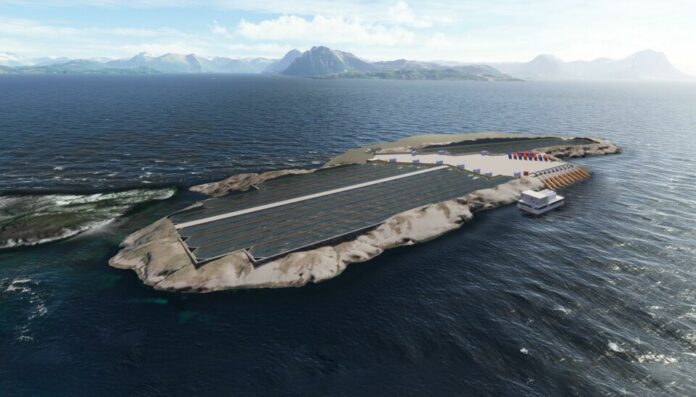A mortality event has resulted in a production decrease of approximately 300,000 fish for Gigante Salmon, the company has revealed.
Land-based salmon farmer Gigante Salmon has reported substantial challenges to its salmon farming operations, leading to a significant reduction in production.
As initially disclosed on 25 January 2024, the company encountered mortality issues with its first release of smolt, particularly affecting the second smolt delivery.
The company has confirmed that these challenges have resulted in a production decrease of approximately 300,000, nearly half of the total January release. This reduction aligns with the volume of the troubled second smolt delivery.
Gigante Salmon, in coordination with its fish health services partner, has conducted an extensive investigation to determine the root cause of the mortality, according to a release on Tuesday. The inquiry revealed that no single factor was responsible; instead, it was a convergence of several issues. Notably, the second delivery of smolt was compromised in quality, partly due to delays caused by the facility’s late start-up.
Additional factors contributing to the mortality included recorded deaths during the smolt’s loading onto the wellboat, which likely affected water quality during transport. Adverse weather conditions during this period further exacerbated the situation, leading to extended time spent in transport. The low sea temperature at the time of release, recorded at 3.8 degrees Celsius, was also a contributing factor.
Despite these challenges, the facility’s operations have been largely successful, according to the company. Seawater intake and water chemistry parameters are within expected ranges, and the fish are adapting well to the longitudinal tanks, which are currently maintaining a water velocity of around 20 cm/s.
CEO Helge E. W. Albertsen expressed his concern over the situation, stating, “If the fish isn’t doing well, neither are we. Our team is fully committed to addressing these health challenges. While it is somewhat reassuring that the facility’s design is not at fault, our focus remains on resolving the current issues.”









